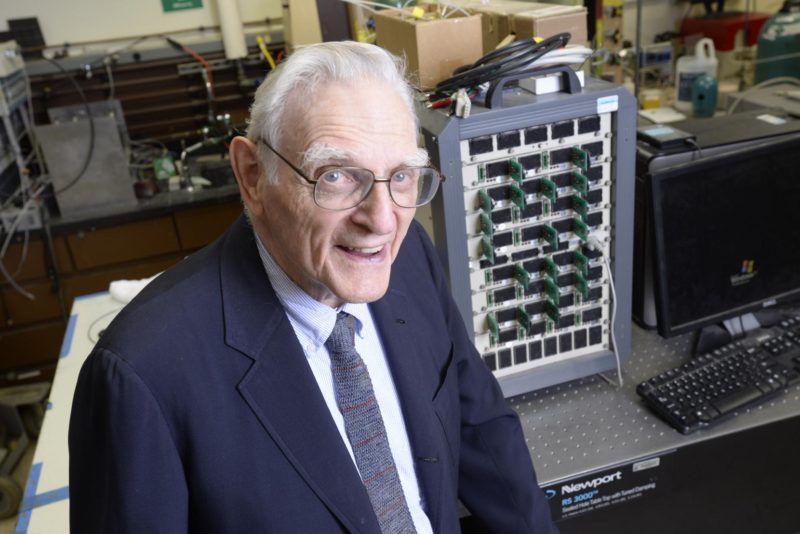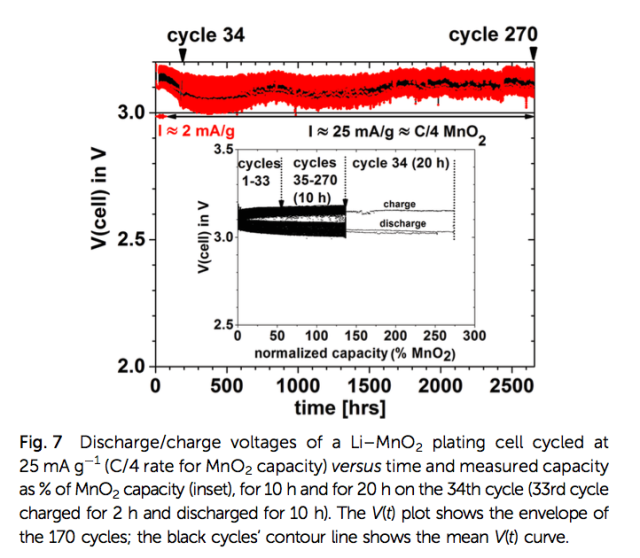Lithium-Ion Battery Inventor Claims Solid State Cell Breakthrough
Ashley Allen / 7 years ago

John Goodenough, the 94-year-old inventor of the lithium-ion battery, has claimed an important new breakthrough in battery cell technology. According to a new paper, Goodenough and colleagues have developed the first all-solid-state battery cells. However, since the existence of such a battery breaks the laws of thermodynamics, the claim has been met with scepticism.
How Does It Work?
The paper, Alternative strategy for a safe rechargeable battery, details how Goodenough and researchers from the University of Texas incorporated an anode of pure lithium and sodium to create the solid state battery. The new battery is safer than the lithium ion alternative since the solid state makes the metals less prone to igniting. The paper reports that the battery boasts ten times the energy density of the leading existing battery. One experiment even achieved a 30-fold improvement on the nearest lithium-ion battery.
Goodenough is yet to answer questions on his new solid state batteries. He did, though, make the following statement in a University of Texas press release:
“Cost, safety, energy density, rates of charge and discharge and cycle life are critical for battery-driven cars to be more widely adopted. We believe our discovery solves many of the problems that are inherent in today’s batteries.”
Despite doubt over Goodenough’s claim, his name alone is enough to pique the attention of even the most cynical. As Daniel Steingart, a professor at Princeton, told Quartz:
“If anyone but Goodenough published this, I would be, well, it’s hard to find a polite word.”
Are The Findings Genuine?
The existence of solid state batteries remains so incredible that many doubt Goodenough’s findings. Venkat Viswanathan, a professor at Carnegie Mellon University in Pittsburgh, Pennsylvania, said:
“He’s technically made a perpetual motion machine.”
While Jeff Dahn of Dalhousie University asserted:
“It’s kind of like cold fusion. Here is an experiment that is unbelievable. There could be a small possibility that it is right.”
Dahn explained the results of the new paper as, potentially, being anomalous. He thinks the researchers may have, because of an oxygen leak, accidentally developed a “lithium-air” battery. Helena Braga, the paper’s lead author, rejects that notion:
“Well if we have a Lithium-air battery then we have a very good Lithium-air battery.”

Ongoing research into the technology should lead to the filing of a number of associated patents.



















